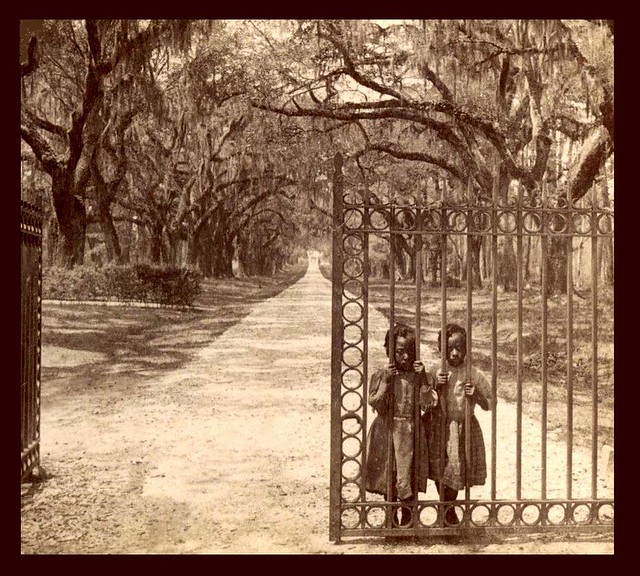
From Digital History -- Slaves suffered extremely high mortality. Half of all slave infants died during their first year of life, twice the rate of white babies. And while the death rate declined for those who survived their first year, it remained twice the white rate through age 14. As a result of this high infant and childhood death rate, the average life expectancy of a slave at birth was just 21 or 22 years, compared to 40 to 43 years for antebellum whites. Compared to whites, relatively few slaves lived into old age.
A major contributor to the high infant and child death rate was chronic undernourishment. Slaveowners showed surprisingly little concern for slave mothers' health or diet during pregnancy, providing pregnant women with no extra rations and employing them in intensive field work even in the last week before they gave birth. Not surprisingly, slave mothers suffered high rates of spontaneous abortions, stillbirths, and deaths shortly after birth. Half of all slave infants weighed less than 5.5 pounds at birth, or what we would today consider to be severely underweight.
Infants and children were badly malnourished. Most infants were weaned early, within three or four months of birth, and then fed gruel or porridge made of cornmeal. Around the age of three, they began to eat vegetables, soups, potatoes, molasses, grits, hominy, and cornbread. This diet lacked protein, thiamine, niacin, calcium, magnesium, and vitamin D, and as a result, slave children often suffered from night blindness, abdominal swellings, swollen muscles, bowed legs, skin lesions, and convulsions. (source: Copyright 2012 Digital History)

Charles and Louis Manigault—Father and Son
From the South Carolina Information Highway, "Charles Manigault's Gowrie: A Starting Point
Or, Discrepancies in the Lives of a Master and His Slaves" -- One South Carolina planter referred to his rice plantations on the Savannah River as "gold mines." And with profit rates as high as 26%, they were. But only for the planters. For the African-American slaves who worked on them, they were places of dread, where death was the most common of all companions.
Gowrie was one such plantation. It was bought by Charles Manigault in 1833. Manigault has been described as a "gentleman capitalist" and "cosmopolitan." He spoke French and prided himself on his wealth and social status. He invested $49,500 in Gowrie at its purchase; by 1861 the plantation was worth $266,000 – proving that it was, in fact, a gold mine.
Alpha Sigma Phi Fraternity was founded at Yale University in New Haven, Connecticut, on December 6, 1845 by three students: Louis Manigault of Charleston, South Carolina, Stephen Ormsby Rhea and Horace Spangler Weiser. Alpha Sigma Phi was originally founded as a sophomore class society for Yale students.
Manigault's records have been well preserved, and through them we are able to get a good idea of what life was like for not only for him, but for his slaves. As you will see, the difference between these was so great, it was often that of life and death.
For example, in 1841 Manigault bought two carriage horses and had them shipped from New York to South Carolina at a cost of $540. His order to his agent was, "Damn the expense." This is the same amount of money it would have cost him to build five two-room frame houses for 40 of his 90 or so Gowrie slaves, with each house costing about $108. In comparison, Marshlands – the house where Manigault spent his winters in the 1850s – had cost $10,000 to build in 1810.
Louis Manigault, Planter. He owned Gowrie Plantation in the postbellum era. He was the son of Charles I. Manigault, a wealthy South Carolinian rice planter who traced his ancestory to a Huguenot refugee who fled from Louis XIV's persecution and came to America in 1691.
Likewise, in 1859 Manigault paid $160 for a gold watch and chain. This was more than he paid to provide his Gowrie slaves with tobacco and molasses – their equivalent luxuries.
Why did so many slaves die? The answers are simple – poor health, poor shelter, poor food, and brutal work. (source: sciway)
Gowrie Plantation, SC
Gowrie plantation was bought by Charles Manigault in 1833. Manigault has been described as a "gentleman capitalist" and "cosmopolitan." He spoke French and prided himself on his wealth and social status. He invested $49,500 in Gowrie at its purchase; by 1861 the plantation was worth $266,000 – proving that it was, in fact, a gold mine.
But Gowrie had a horrific child mortality rate Ninety percent of the children died before they reached age 16. And this estimate doesn’t take into account stillbirths or miscarriages. Between 1846 and 1854, there were 52 slave births at Gowrie and 144 slave deaths, for a net loss of 92 African Americans. In spite of this loss in "capital" (the dead slaves were worth at least $44,000), Gowrie still managed to yield a 4% return on investment between 1848 and 1854. And this was not unusual.
There were epidemics of measles, dysentery, and cholera at Gowrie in 1848, 1850, 1852, 1853, and 1854. In addition, there were the chronic killers – malaria and pleurisy. One white overseer at Gowrie complained to Manigault that because water was "oozeing" out of the ground around the slaves' houses, "I can't begin to get the ground dry under the houses."
Because of these conditions, mortality on Gowrie approached 50 percent. On the day after Christmas in 1854, Louis Manigault wrote to his father:
As Lord Raglan would say to the Duke of Newcastle, so Can I to You, viz.: that "it is now my painful duty to return You a list of the dead," and here they are in the order in which they died. – Hester, Flora, Cain, George, Sam, Eve, Cuffy, Will, Amos, Ellen, Rebecca, – Eleven from Cholera, and two Children viz.: Francis and Jane not from Cholera. – In all Thirteen names no longer on the Plantation Books."
It is telling to note Louis' attitude toward the newly dead. He does not mourn the loss of the slaves' lives, but rather the reduction in the plantation's labor force – and thus its value.
*Cholera is caused by the organism Cholera vibrio, which was carried to Europe and North America from Asia in the early nineteenth century. It was most often spread by contaminated water, but it could also be spread through food or simply by touching one's hand to one's mouth. It was common in
crowded, unsanitary conditions – just like the ones in which most slaves were forced to live.
Its symptoms came in a sudden, overwhelming attack. The first symptom was dehydration, marked by vomiting and profuse diarrhea. This dramatic loss of body fluid collapsed the tissue. Coagulated blood ceased to flow, skin turned blue, and the heart and kidneys failed – often within just a few hours. People who were perfectly healthy in the morning would die by nightfall. In the time between, they suffered unspeakable agony.

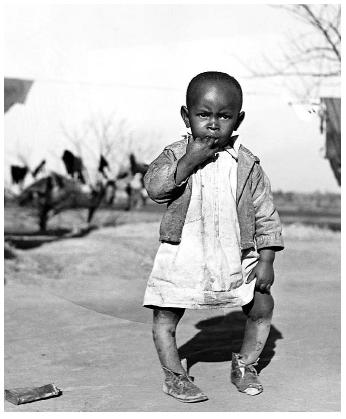

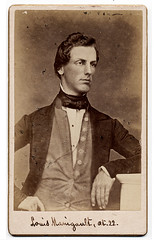
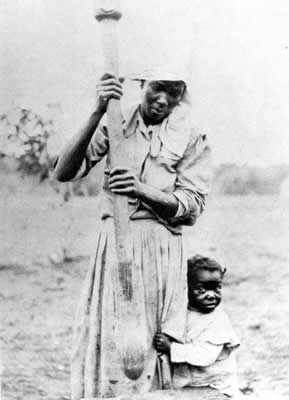



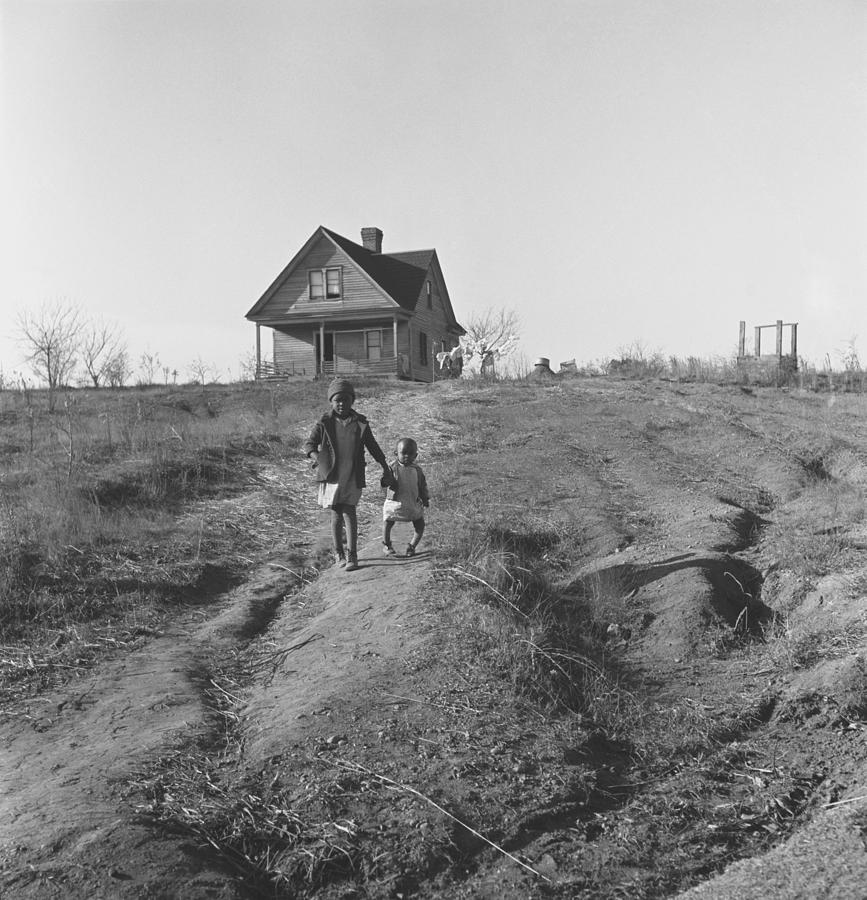

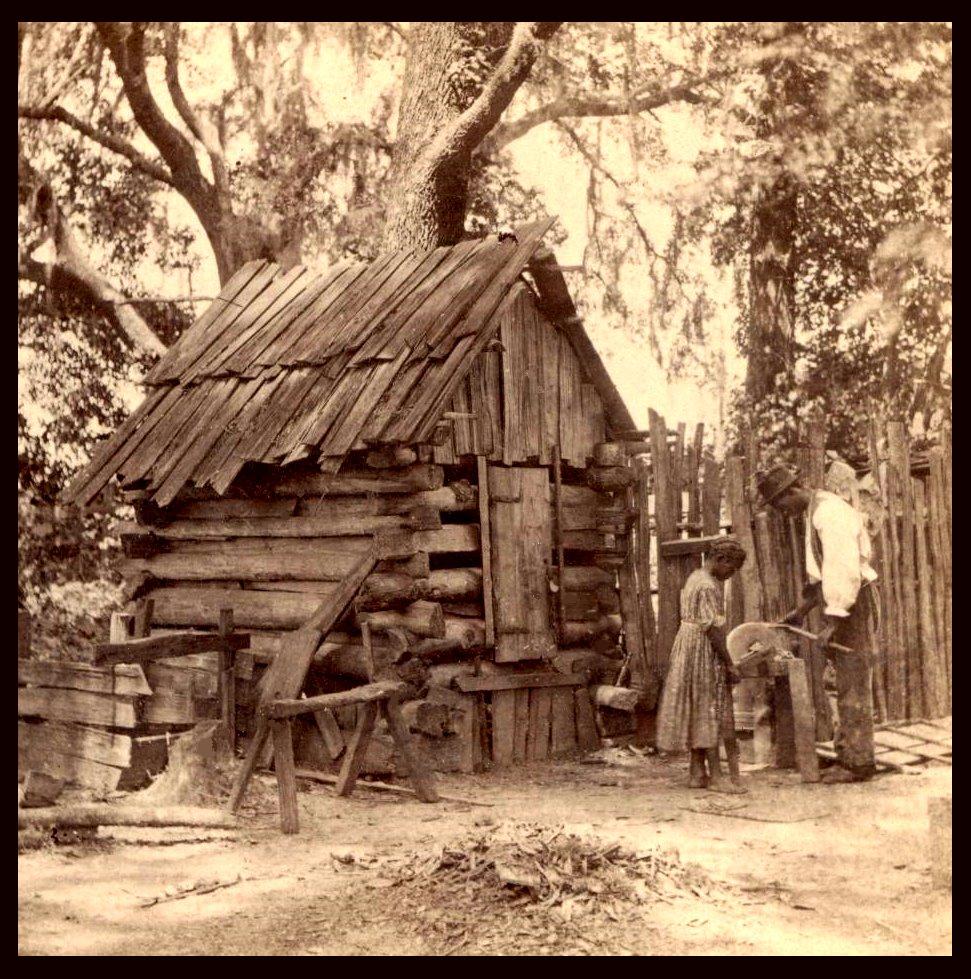
0 comments:
Post a Comment